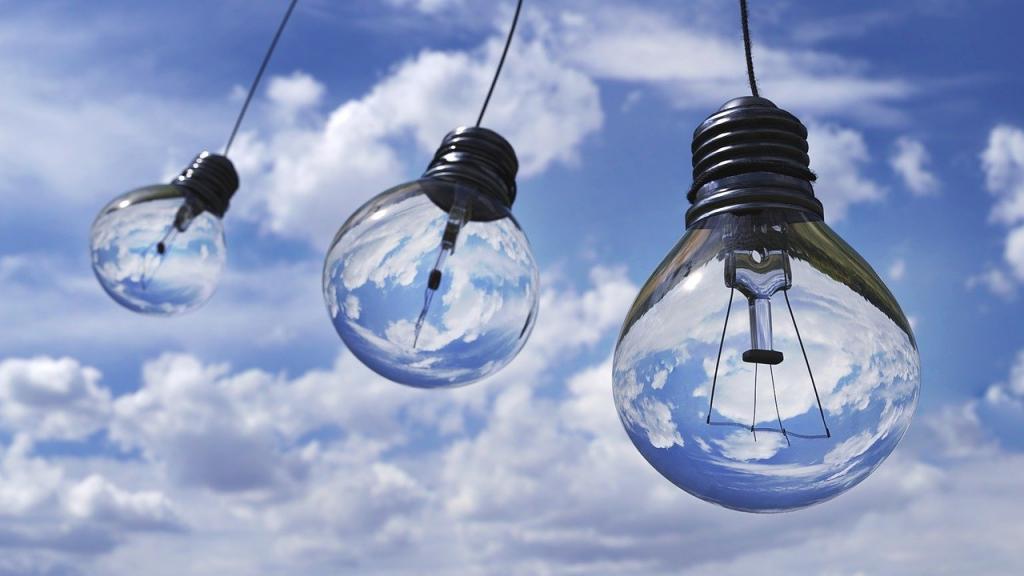Farmers can breathe a sigh of relief as preferential electricity rates will continue to apply. For the first half of 2024, the frozen rate per kilowatt-hour of electricity consumed is maintained, but - note - the limit for consumption at the preferential price has been lowered. Importantly: no, additional paperwork is required.
Electricity, like any other commodity, has its price, production and delivery costs. The final price of energy depends on a number of factors and there is a finite supply. It is these factors that influence electricity prices on the wholesale market. However, thanks to protective measures, these prices are currently not directly reflected in the bills of individual consumers, including farmers. However, it is worth understanding that the costs of these sheltering measures are borne by all of us, as they are financed by both energy companies and the state budget.
Thanks to the extension of the shield measures, most households will be paying significantly below market rates for energy in the first half of this year. The current frozen price of around PLN 0.41 net per kilowatt hour was approved by the ERO president in December 2021 as the tariff for 2022. However, the price freeze did not freeze the market - the cost of energy production and its prices on wholesale markets. It will therefore be necessary to gradually move away from the energy price freeze - says Maciej Maciejowski of the Polish Electricity Committee.
The current (frozen) energy prices for households amount to PLN 0.41/kWh, which is considerably less than the level of current tariffs for the sale of energy to households (approximately PLN 0.74/kWh) and less than what electricity trading companies pay for the energy sold (approximately PLN 0.64/kWh - the average price of energy contracted in 2023 for delivery in 2024).
It is worth noting that the current legislation protects households from sudden increases in energy prices for a period of six months - from January to June 2024. This also applies to farmers and other consumers, such as small and medium-sized enterprises, local authorities and people sensitive to energy price increases. However, there is an important piece of information that farmers should take note of: the lower electricity rates end before the harvest. This means that during the busy field season, when electricity consumption increases, farmers will have to pay higher rates. It is therefore worth adjusting planning and energy savings during periods of preferential rates.
Shield measures introduced limits on annual energy consumption for households at a preferential price. By extending the Shield Measures for six months, the government has decided to automatically halve these limits. This means that a standard household will benefit from 1,500 kWh of cheap energy for six months. Farmers will be able to consume 2,000 kWh of energy during this period, for which they will pay a preferential rate. Each kilowatt hour above this limit will already cost PLN 0.69.
The extension of the shield measures means that in the first half of 2024, farmers will pay the electricity rate approved by the ERO president in December 2021, i.e. before the full-scale aggression against Ukraine began. The costs of the operation of the shielding measures are borne by the electricity generation companies and the state budget. According to ministerial estimates, in 2022 and 2023, the costs of capping and freezing electricity, gas and heat prices amounted to almost PLN 100 billion. The long-term solution is to gradually move away from price freezing in order to control the increase in energy prices, reduce costs for energy companies and the state budget.
It is also worth noting that the components of an electricity bill are not only the net selling price of electricity, but also distribution charges, which account for approximately 40-60% of the total costs on the bill. These are made up of quality charges, network fixed and variable charges, transitional charges, capacity charges, cogeneration charges, renewables charge and subscription charges. Therefore, the projected increase in the price of energy from PLN 0.41/kWh to around PLN 0.74/kWh does not automatically mean such a significant increase in the total amount on the bill. Energy transition is a key aspect of tackling energy price increases. Increases in the cost of carbon emissions in the EU ETS and changes in the price of energy raw materials affect the price of energy. The only effective solution, therefore, is to move away from coal-based energy and redirect investment towards low-carbon sources such as gas and renewables. In Poland, the programme for the construction of nuclear power plants is continuing, renewable energy sources such as offshore and onshore wind power plants and photovoltaics are being developed.
It is worth remembering that the energy transition is also a matter of strategic security for Poland. Therefore, the state plays an important role in creating conditions for accelerating investments and in providing financing or guarantees. This is crucial for maintaining the competitiveness of the Polish economy.
Racjonalne gospodarowanie energią elektryczną to kolejny ważny element. Mniejsze zużycie nie tylko obniża rachunki, ale także przyspiesza transformację energetyczną i poprawia jakość powietrza. Kampania Polskiego Komitetu Energii Elektrycznej pod hasłem „Liczy się energia” zachęca do oszczędnego korzystania z energii elektrycznej. Na stronie internetowej kampanii (www.liczysieenergia.pl) można znaleźć wiele porad, jak ograniczyć zużycie energii, jak korzystać z urządzeń elektrycznych oraz jakie wybrać, aby rachunki za energię elektryczną były jak najniższe.

